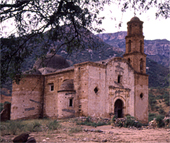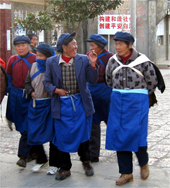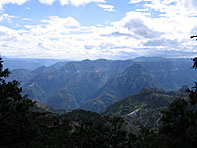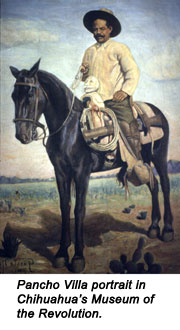Cuauhtemoc may have only been an Aztec ruler for the short period between 1520 to 1521, but the myths surrounding him are time tested. The name Cuauhtemoc translates from the ancient Nuahtl to mean “Descending Eagle.” He rose to power at the early age of 18 just as his homeland Tenochtitlan was being invaded by Spanish explorers.
After a brutal battle lasting nearly eighty days, Cuauhtemoc went to recruit new warriors to fend off the attacking Spanish during which time he was caught by Hernan Cortes himself. It is believed that Cortes took mercy on the Aztec who, in lieu of his capture, asked bravely to be killed with his own knife. Impressed by his courage, Cortes spared Cuauhtemoc.
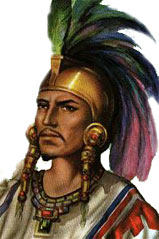
However, Cortes’ motives would not prove to be so noble. He had Cuauhtemoc tortured in hopes that he would reveal the location of hidden gold sought after by the Spaniards. Cuauhtemoc’s feet were put to the fire but he refused to give up any information the royal treasurer, Aldrete, demanded. Only later would Cortes learn the gold he and his men hunted were not in quantities they had imagined.
Cortes eventually had Cuauhtemoc hanged. While on an expedition to Honduras, Cortes had taken Cuauhtemoc along with him fearing that he would lead a rebellion if he were not under careful supervision. During the trip, Cortes’ suspicions grew into fear that the leader of the Aztecs would strike and so had him killed. Cortes’ worried with good cause. Cuauhtemoc’s boldness against the invading forces was legendary.
Today, the legacy of Cuauhtemoc can be seen throughout Mexico in names and in statues. The city of Cuauhtemoc, in the area just outside of Copper Canyon, is modern and lies en route to the state capital of Chihuahua. Cuauhtemoc is now the home of several thousand Mennonites who came to the area shortly after the Mexican Revolution to farm lands which were formerly owned by William Randolph Hearst. The Mennonites live in a series of numbered “campos” just outside of the city and still preserve their traditional pious lifestyle. They are very prosperous farmers and market their crops throughout Mexico along with their famous cheese.

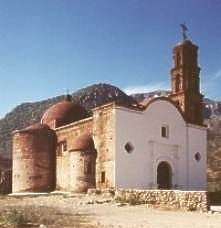

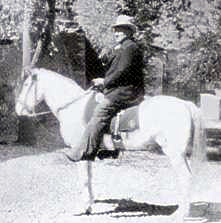
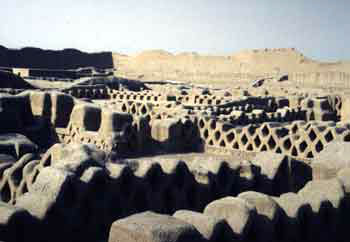
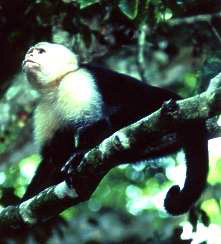

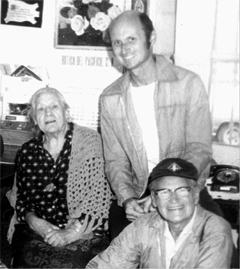
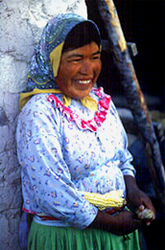 Who were these strangely-dressed people, who came from obscurity to outpace hundreds of experienced runners?
Who were these strangely-dressed people, who came from obscurity to outpace hundreds of experienced runners?

